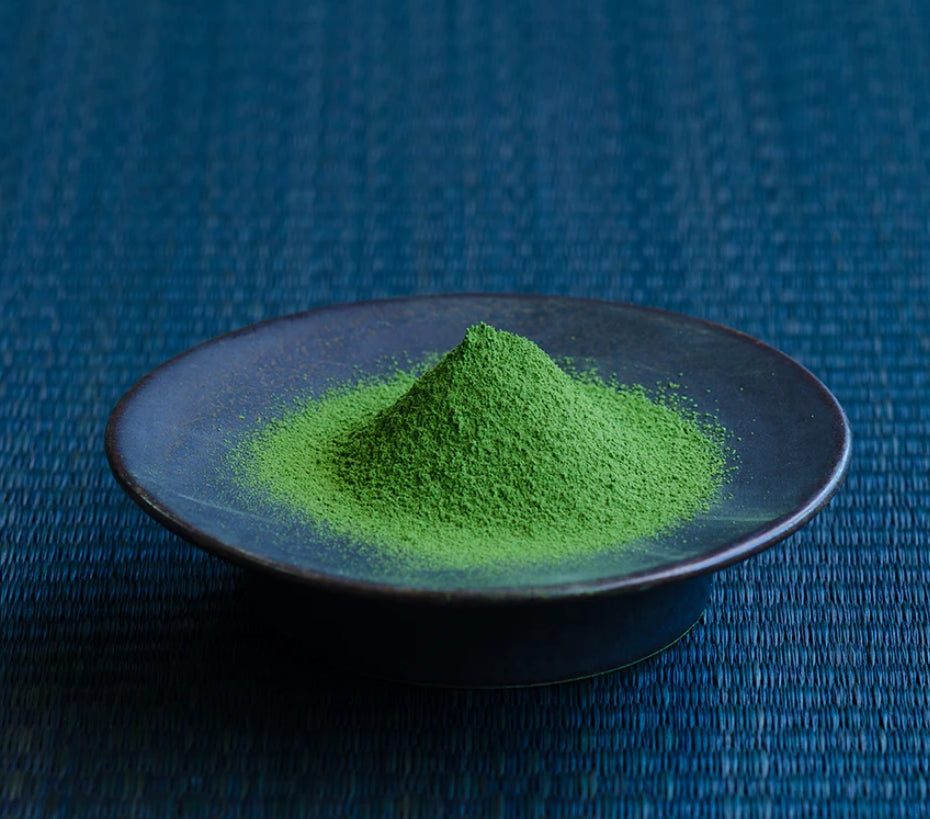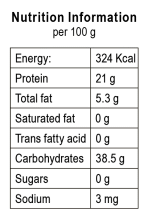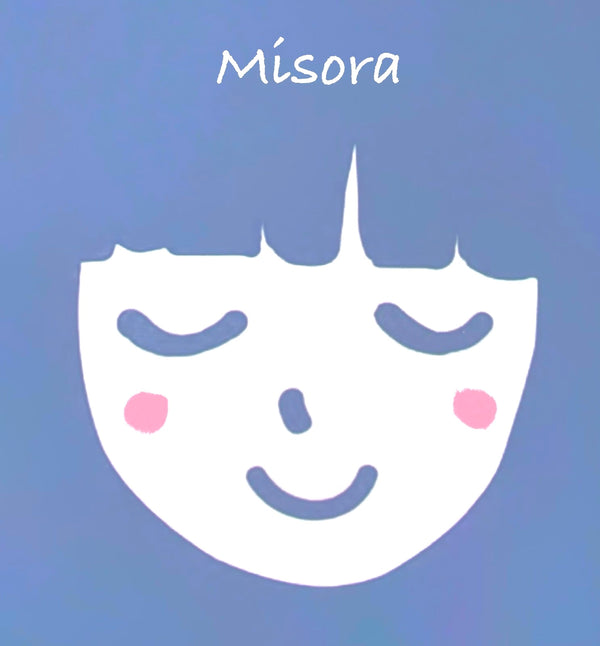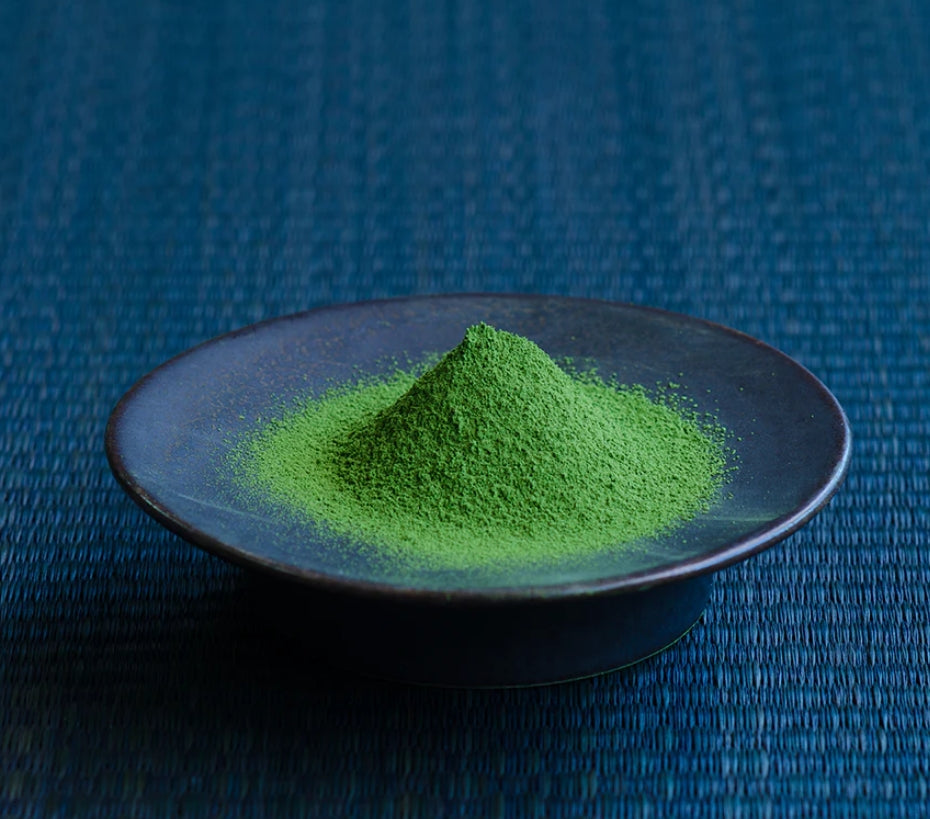Yamamasa Koyamaen Japan
Yamamasa Koyamaen( Kasuga no Mukashi- 香寿賀の昔) 30g
Yamamasa Koyamaen( Kasuga no Mukashi- 香寿賀の昔) 30g
Couldn't load pickup availability
Share
【抹茶】香寿賀の昔(かすがのむかし)
Descriptions:
Excellent high-grade matcha tea from Yamamasa Koyamaen
Koicha (thick tea) grade Uji matcha.
Origin: Kyoto Prefecture, Japan
When made as a thick tea (koicha), its intense creaminess and uniquely delicious mildness are apparent at first; these are then transformed relatively quickly into an explosive, majestic full-bodied sensation which lingers on the palate.
It is also extremely enjoyable and uniquely delicious when made as a thin tea (usucha). It is less mild and sweet than the previous tea on our list, Chajyu-no-Mukashi, yet far more so than the next one, Kaguraden.
The meaning of Kasuga no Mukashi "香寿賀の昔" :
"Ka" (香) has meanings and readings centered around fragrance, while the latter two characters ("寿賀", read as "juga") represent the celebration of longeviity.
◆The general notes of the usage of "mukashi" and "shiro":
The expressions "Mukashi" and "Shiro" at the end of tea names have a grading connotation and are used to distinguish between thick and thin teas, respectively.
Only "Mukashi" was likely to have been used originally, with the expression "Shiro” coming into use later on.
"Mukashi" is said to be a combination of the Chinese characters for "twenty" (廿) and "day" (日). Crucially, March 20th (廿日) of the lunar calendar is when it was said that the very best tea is picked.
"Shiro" became common during the reign of the third shogun, Tokugawa Iemitsu, and is said to have originated when the feudal lords of the time actively asked Uji tea masters to make their tea “thin" or "light". It is not clear what the expression “shiro" specifically meant at that time, but it is thought to have referred to the differences in taste, as records show that Furuta Oribe preferred dark green tea while Kobori Enshu preferred it to be lighter.
Perhaps the difference between 'dark' and 'light' tea can also be explained by the difference in the preparation methods of the tea in Uji.
Other theories as to the origins of the words “mukashi" and “shiro" exist, but it can be said with reasonable confidence that the word “mukashi" has been used since ancient times, with the word “shiro" coming into use from the Edo period onwards. Later generation tea masters then replaced the traditional word “mukashi" with the term “shiro," both of which had previously been used to describe the grades of the tea, and made it commonplace.
In any case, it is not totally clear how the times and changes in the history of the tea ceremony could have affected the meaning of “shiro" or "mukashi". However, they are words that reflect the trends and changes of the times and have been carried over to the present day.
About Yamamasa Koyamaen
Yamamasa Koyamaen, rooted in the Uji-Okura region since the Edo period, has mastered tea cultivation and production for generations. Renowned for its superior tea cultivars, the company has been honored with 18 distinguished tea names by grand masters of Japanese tea ceremony schools. A leader in premium teas like matcha, gyokuro, and sencha, Yamamasa Koyamaen supplies retailers and businesses worldwide. Celebrating 160 years in 2021, the company ensures unmatched quality by overseeing every step of production, from cultivation to grinding.
Instructions:
As Usucha- Thin Tea:
STEP 1 Put 2g (0.4 US tsp, 1 teaspoon or 2 chashaku scoop) matcha powder into a suitable tea bowl.
STEP 2 Pour 70 ml (2.4 fl oz) 80℃ (176°F) water over the matcha powder.
STEP 3 Whisk with a chasen (tea whisk) until foamy.
As Koicha- Thick Tea:
STEP 1 Put 4g (0.8 US tsp, 2 teaspoon or 4 chashaku scoop) matcha powder into a suitable tea bowl.
STEP 2 Pour 30 ml (1 fl oz) 80℃ (176°F) water over the matcha powder.
STEP 3 Gently knead with a chasen (tea whisk) until all lumps are gone.
❖ Before Step 1, warm up the tea bowl with hot water, then dry it with a cloth to create the perfect temperature so make the most delicious matcha with a fresh scent while preparing. (Optional)
❖ To prevent clotting of the matcha powder, sift it through a fine strainer before use. (Strongly recommended)
❖ After the matcha is done, drink it immediately, because as it cools down it gets more and more bitter. (Recommended)
❖ Freshness is the most important thing for the enjoyment of Matcha. It is best to use up the tea within one month of opening. (Strongly recommended)
※開缶するまでは冷蔵庫等低温で保存して下さい。- Please store in a refrigerator or other low temperature location until opening.
Limited availability!
Due to the limited number of this product, one item can be ordered per cart while stock lasts. We greatly appreciate your understanding and support.
Details:
Net contents: 30g
Origin: Kyoto Prefecture, Japan
MADE IN JAPAN










